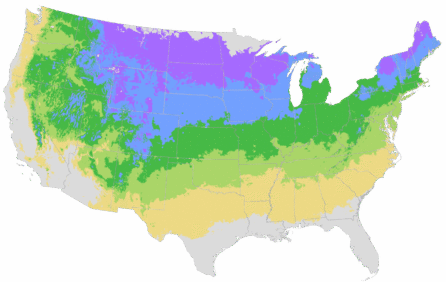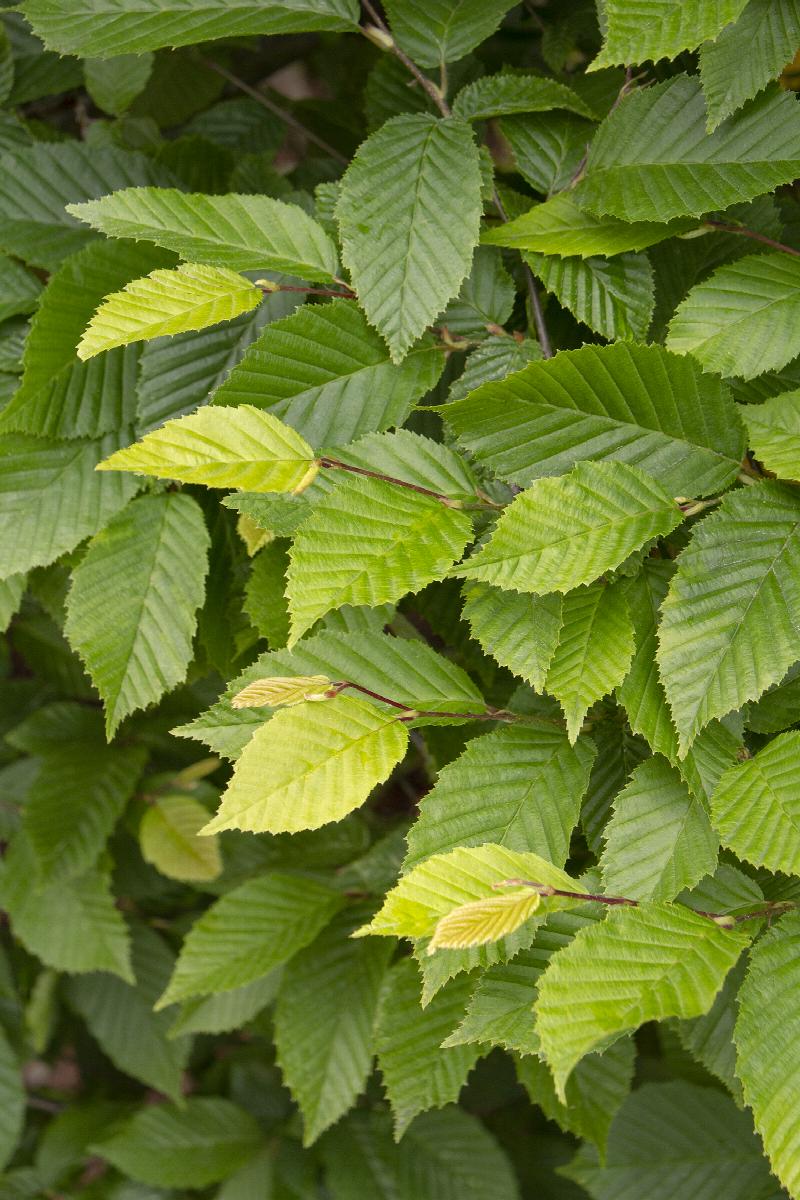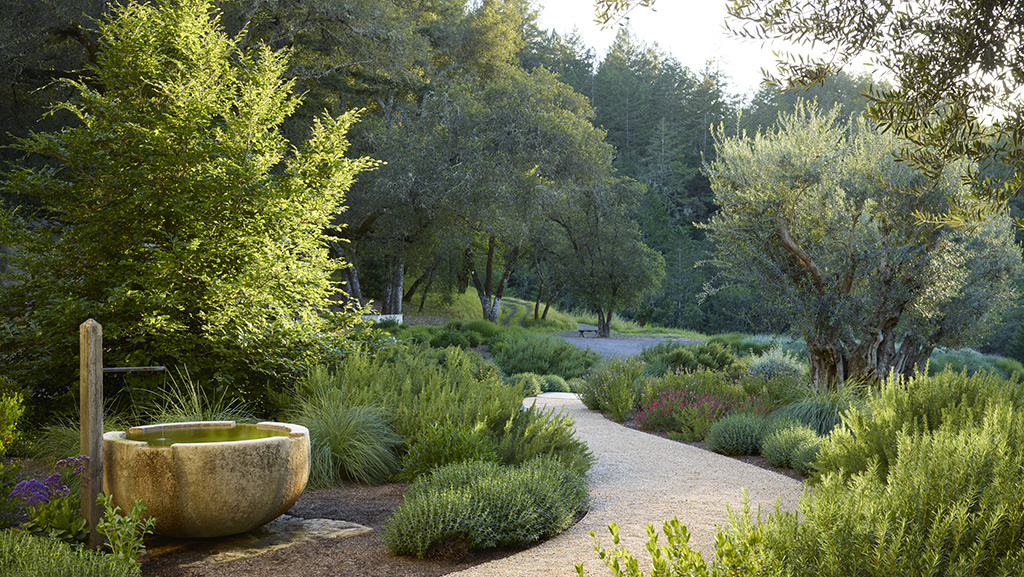Pyramidal European Hornbeam
Carpinus betulus 'Fastigiata'
Pronunciation: kar-PY-nus BET-ew-lus fas-tih-jee-AY-tuh
SKU #02277
| Description | An attractive, densely branched, columnar tree when young, aging into a stately, broad cone shape with handsome, fluted, gray bark. Distinctive, dark green foliage turns yellow-orange in fall. Plant in groups as a screen or windbreak, or use as a specimen in a narrow yard or street side. Takes well to hard pruning as a formal hedge. Deciduous. |
|---|---|
| Light | Full sun |
| Watering | Water when top 3 inches of soil is dry. |
| Blooms | Inconspicuous; prized for foliage. |
| Mature Size | Moderate growing; reaches 35 to 45 ft. tall, 25 to 35 ft. wide. |
| Deciduous/Evergreen | Deciduous |
|---|---|
| Special Features | Easy Care, Fall Color |
| Problems/Solutions | Tolerates Urban Pollution |
| Growth Rate | Moderate |
| Growth Habit | Pyramidal |
| Landscape Use | Espalier, Hedge, Privacy Screen, Windbreak, Shade Tree |
|---|---|
| Design Ideas | Well-proven tree for boulevards, parks and institutional landscapes. Nice shade tree for narrow suburban yards and for visually dividing closely placed multistory homes. The favorite form for allees and pleached effects in the European style. In a windrow, hornbeam makes a fine large scale visual screen or windbreak. |
| Flower Color | Yellow |
| Foliage Color | Dark Green |
| Companion Plants | Pine (Pinus); Red Maple (Acer Rubrum); Maidenhair (Ginkgo); Spruce (Picea); Harry Lauder's Walking Stick (Corylus avellana 'Contorta'); Purple European Beech (Fagus) |
| Care | Provide deep, well-drained soil. Water deeply, regularly during the first few growing seasons to establish an extensive root system; once established, reduce frequency. Apply a general purpose fertilizer in early spring. Minimal pruning required in natural form; as a hedge, prune in winter while dormant. |
|---|
| Lore | Hornbeam is a favorite tree for the art of pleaching, which is a form of topiary on a monstrous scale. This species withstands frequent shearing and is often planted into allees in Britain. |
|---|
This Plant's Growing Zones: 4-8

Your USDA Cold Hardiness Zone:
Your climate may be too cold for this plant
Buy Online
We cannot currently ship this product to your zip code.
Buy Locally
No Retailers found within 50 miles of your zipcode
About Us
We have been pioneers and craftsmen in the art of growing plants for nearly
100 years. Since our founding in Southern California by Harry E. Rosedale, Sr.
in 1926, we have been absolutely dedicated and obsessed with quality.
We have been pioneers and craftsmen in the art of growing plants for nearly 100 years. Since our founding in Southern California by Harry E. Rosedale, Sr. in 1926, we have been absolutely dedicated and obsessed with quality.

